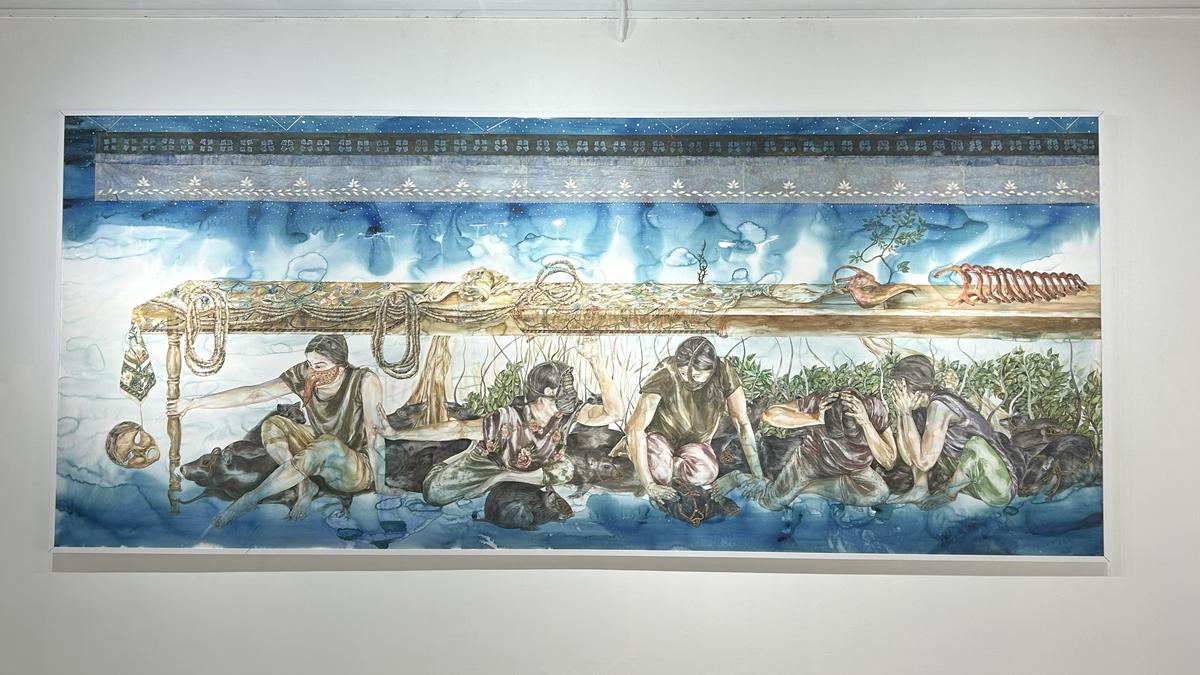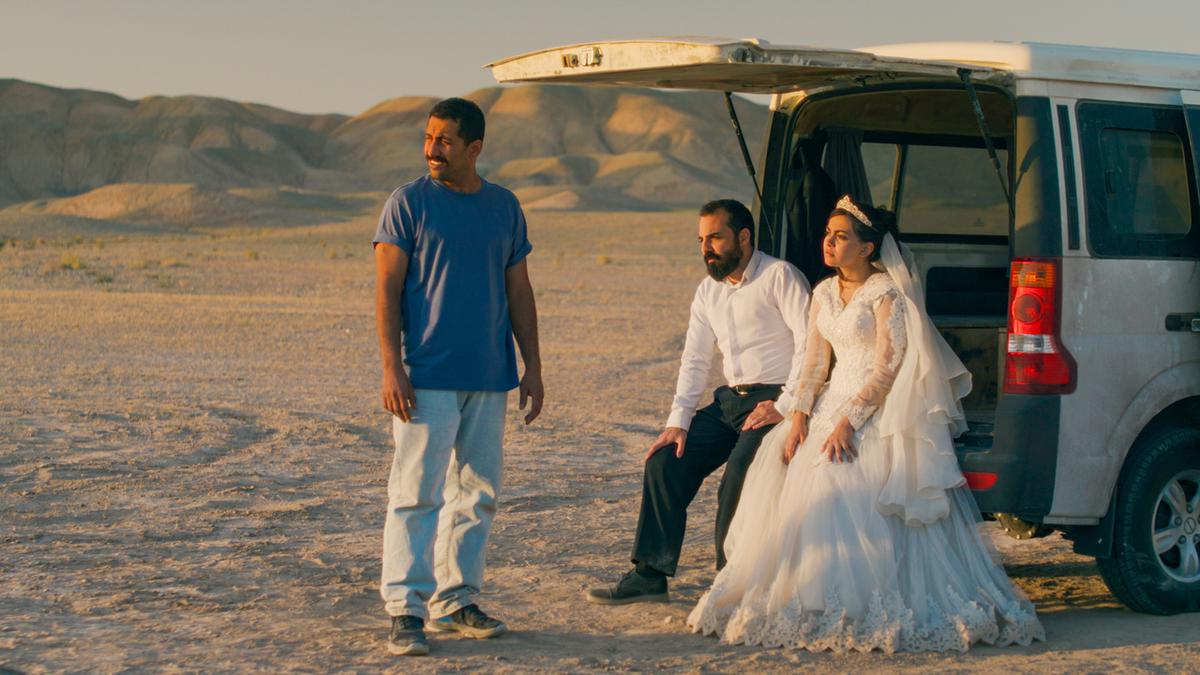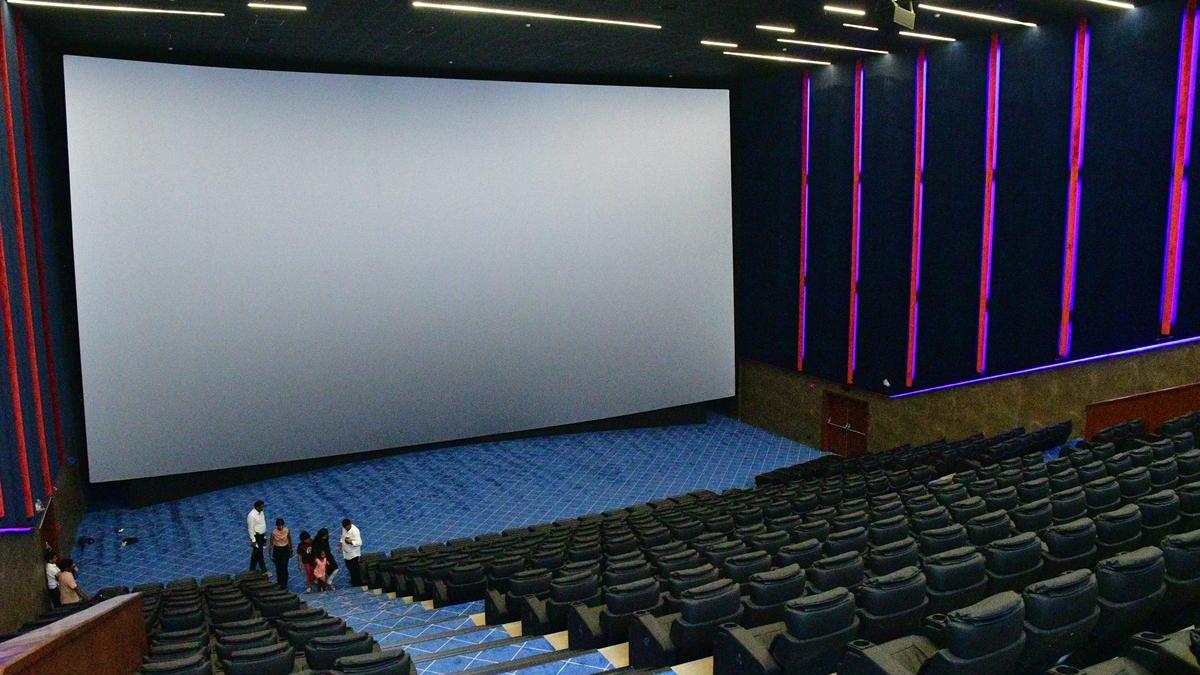This month, the walls of Lalit Kala Akademi paid homage to Bengal: its Baul singers, the riverfold, and quiet rhythms of the countryside. This, courtesy of artist Chunilal Dutta Gupta’s acrylic brushstrokes. But, long before the artist became associated with these iconic portraits of Baul musicians, and the quiet poetry of rural landscapes, a young Gupta would finish college, walk across Kolkata's Maidan, and sit on the ghats of the Ganges, sketchbook in hand, teaching himself the art of observation that paved the way for his artistic journey.
Born in Mymensingh district (now in Bangladesh), Gupta migrated with his elder brother Makhan Lal Dutta Gupta to Calcutta in 1940 for his schooling. A move, that like many journeys of that time, was one filled with displacement and hope. He later studied at the Government College of Arts and Crafts, Calcutta, where the city’s vibrant cultural scene shaped his artistic vocabulary. “My school was near Kalighat, called Kala Dhan. I would observe the people there, and they became a source of inspiration for many of my works.” During the course, Gupta had to make the life-altering choice of whether to choose sculpture, fine arts, or commercial arts. Like any concerned elder, his brother sat him down and reminded him, “We are refugees and our father is just a village doctor.” Thinking of the financial aspect, Gupta took up commercial arts.

Acrylic painting by Chunilal Dutta Gupta | Photo Credit: SPECIAL ARRANGEMENT
Graduating in 1953 with the first-rank was not just an academic milestone, but a doorway. That doorway led him to the world of advertising. He began his career at J Walter Thompson in Calcutta, a space brimming with creative energy, of illustrators and artists. Gupta, who had once sketched riverbanks and local folk, now found himself drawing products for clients and characters for campaigns. In Thompson, he met Charles Moorehouse, who gave him his first project: “At that time, Horlicks had just come to the Indian market, and he wanted me to sketch the advertorial for it. He told me that he had seen my sketches, and impressed, he wanted me to work with them.”
Thereafter, he started working for newspapers like Jugantar, Statesman, and Dainik Basumati. In 1957, the artist was transferred to the agency’s Madras branch — a move that would shape his life for decades. He found warmth in the city’s artistic circles, forming friendships with artistic legends. “I met RK Swamy, who was the manager of JWT Madras, which later became Hindustan Thompson Associates. He was one of the people who supported me during my time in Madras,” he shares.
When Gupta retired in 1995, he returned to the easel as a full-time painter. His art blossomed into an exploration of themes deeply personal, resonating with a life lost in a different Bengal, and comprised scenes of rural life, fishing, and musicians.
His work found patrons in Chennai’s Sarala Art Gallery, through whom he created portraits of Indian icons like CV Raman, Dr Lakshman Swami Mudaliar, Mary Clubwala Jadhava, as well as Dr Sri Prakash of the Greenways Group and Dr KM Cherian of Frontier Lifeline Hospital. His artworks adorn the walls University of Madras and their convocation hall, the Government Museum and private collections across the US and South Korea. He has also illustrated historian S Muthiah’s book called, Madras that is Chennai - Queen of the Coromandel.
At 96, Chunilal Dutta Gupta still begins some mornings by picking up a pencil. The advertising deadlines are gone, the riverbank is far, but his love for sketching lives on.

 3 hours ago
1
3 hours ago
1



















 English (US) ·
English (US) ·